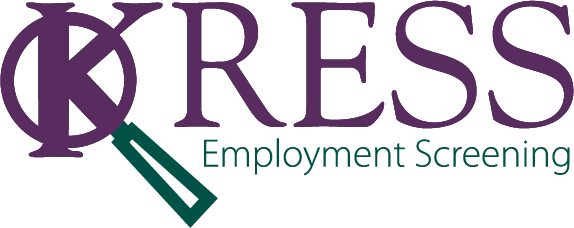Your “invite the applicant” option has changed my life! I can order more than a dozen background checks in about ten minutes!! That’s awesome!! I don’t have to fax or scan the resumes anymore and I don’t have to be the go-between person emailing the candidates and getting back to the screening company. I swear it has changed my life!!!! Keep it up KRESS!!!
Your service has proven to play a vital part in our hiring needs. In our environment, we always anticipate a certain amount of turnaround in our sales department. I feel confident we are making a better hiring decision because of your service and our turnover rate in that department proves it!
Awesome customer service!!! Reports are always accurate and on time. I have used a lot of screening companies throughout my human resources career and KRESS goes above and beyond. It makes a huge difference. Thank you!
Any HR Manager or Director that is looking for a cost effective yet highly efficient employment screening partner, I just switched to KRESS Employment Screening Inc and reduced costs by 45% and turn-around time by 20%. Call and have them show you the KRESS difference.




